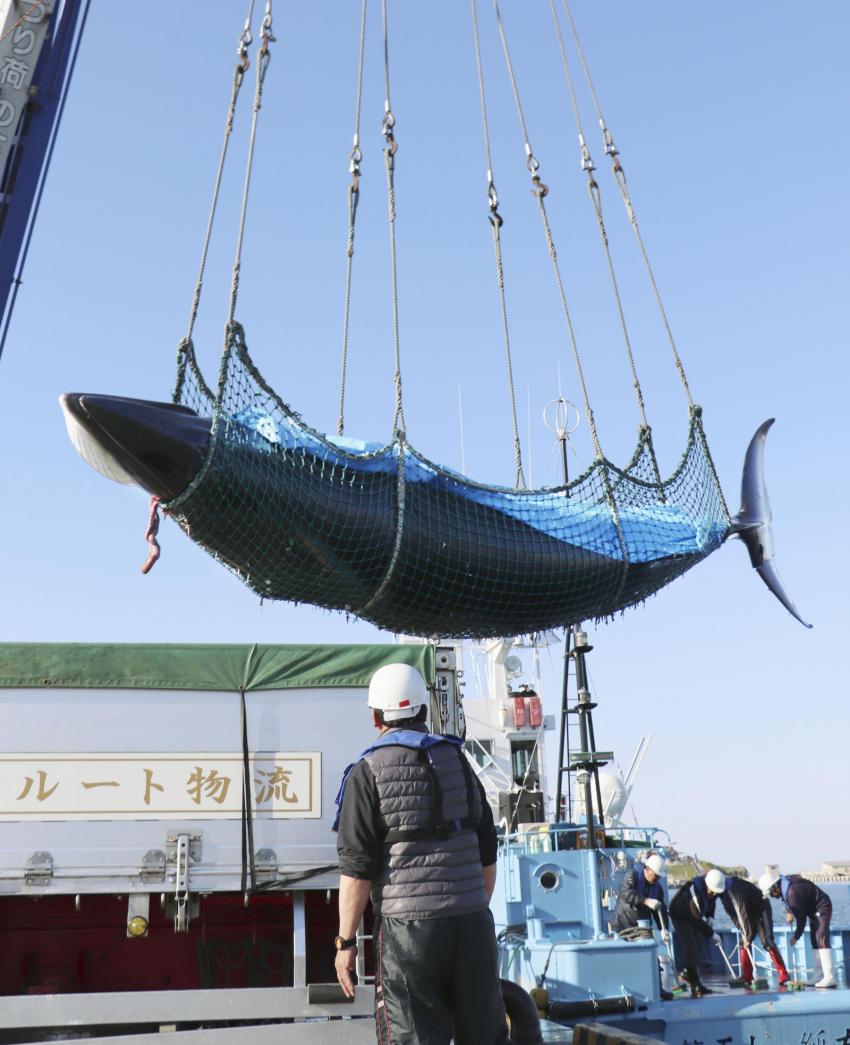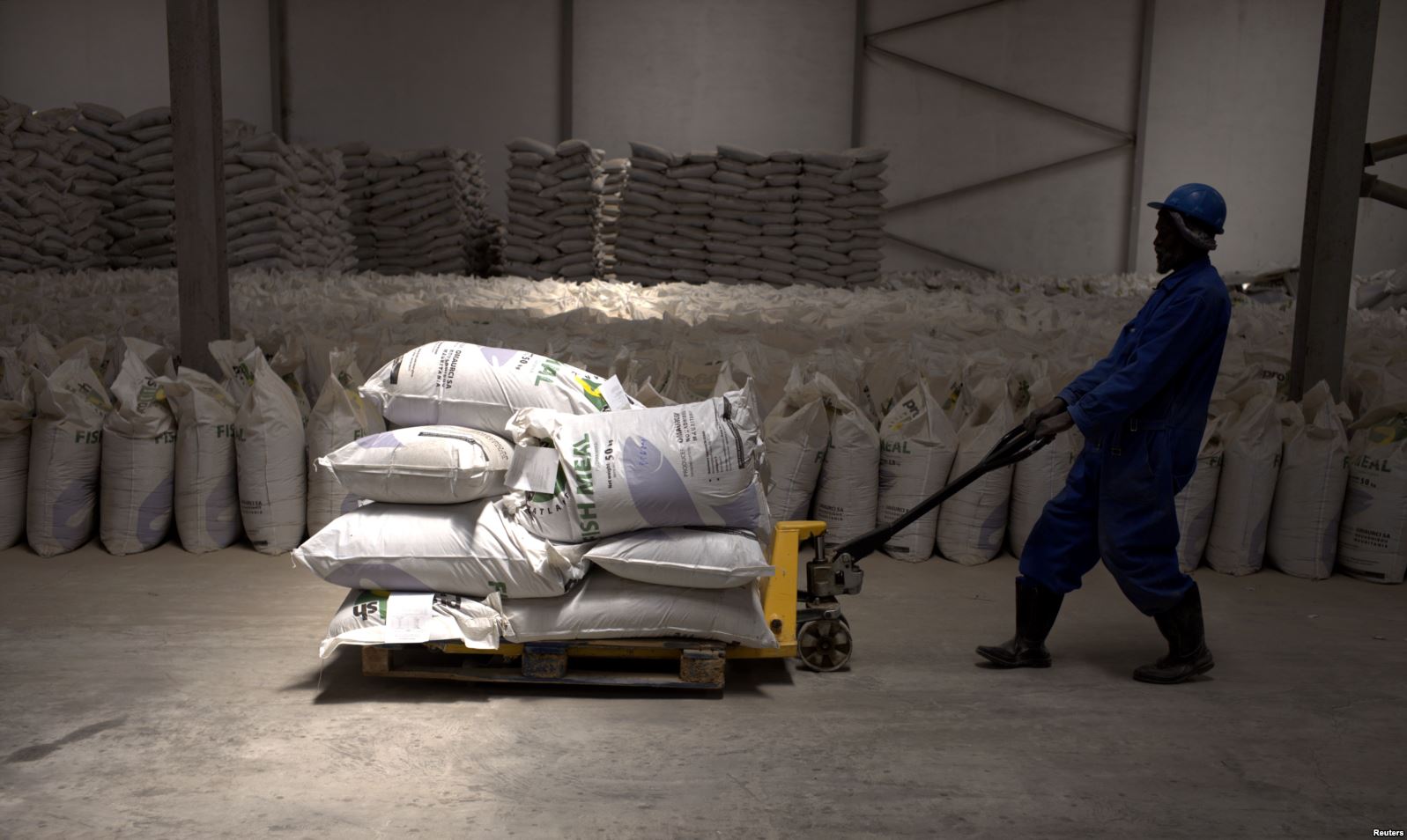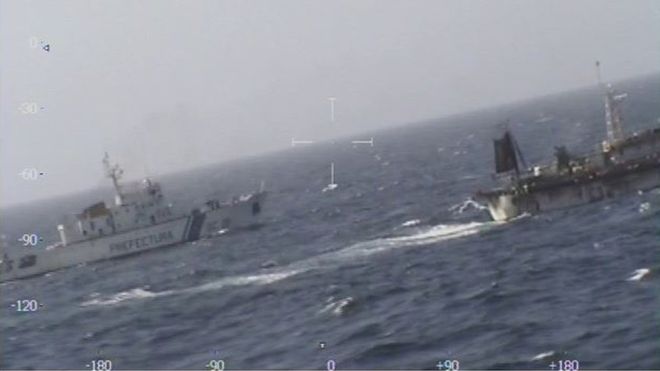The leak of more than 20,000 tons of diesel in Siberia, said to be one of the country’s worst such accidents, turned a river crimson and was heading for the ocean.
MOSCOW — President Vladimir V. Putin of Russia has declared a state of emergency in a region in northern Siberia after a huge oil spill turned a river crimson and threatened to inflict significant damage to the Arctic environment.
More than 20,000 tons of diesel leaked into the Ambarnaya River near the city of Norilsk last Friday, after a fuel tank collapsed at a power plant.
Norilsk Nickel, which owns the plant, said in a statement that thawing permafrost had caused one of the tank’s pillars to collapse. The oil leaked more than seven miles from the site.
The accident is one of the biggest oil spills in modern Russian history, Aleksei Knizhnikov of the environmentalist group WWF Russia said. In a statement, Greenpeace Russia compared the discharge to the Exxon Valdez tanker spill in Alaska in 1989.
The Russian Investigative Committee opened a criminal inquiry and detained the plant’s manager, Vyacheslav Starostin.
Mr. Putin said he had been angered that he had learned of the spill only on Sunday, and, after declaring the state of emergency on Wednesday, denounced company officials in a videoconference that was broadcast live.
“Why did government agencies only find out about this two days after the fact?” Mr. Putin said. “Are we going to learn about emergency situations from social media?”
Putin said he would ask investigators to look into the spill to make a clear assessment of how officials reacted to the accident.
Norilsk Nickel is the world’s largest producer of platinum and nickel, and the company is no stranger to environmental disasters. It was responsible for a “blood river,” also in Siberia, in 2016, and one of its plants has belched so much sulfur dioxide, a major cause of acid rain, that it is surrounded by a dead zone of tree trunks and mud about twice the size of Rhode Island.
The company, along with the Russian Emergency Situations Ministry, dispatched hundreds of personnel to clean up the mess. So far, Norilsk Nickel said, they had managed to gather up only around 340 tons of the oil.
Special containment booms were installed in the Ambarnaya River in an effort to prevent the spill from entering the nearby Lake Pyasino and after that the Kara Sea, part of the Arctic Ocean.
Elena Panova, the Russian deputy minister of national resources and the environment, said on Thursday during an online news conference that it would take at least 10 years for the local ecosystem to recover, echoing the sentiments of Russian environmentalists.
“The incident led to catastrophic consequences, and we will be seeing the repercussions for years to come,” Sergey Verkhovets, coordinator of Arctic projects for WWF Russia, said in a statement. “We are talking about dead fish, polluted plumage of birds and poisoned animals.”
The spill prompted memories of a giant leak of oil in the Komi region of the Russian Arctic in 1994. In that accident, a ruptured pipeline spilled at least two million barrels of hot oil, soaking the fragile permafrost.
By NY Times





